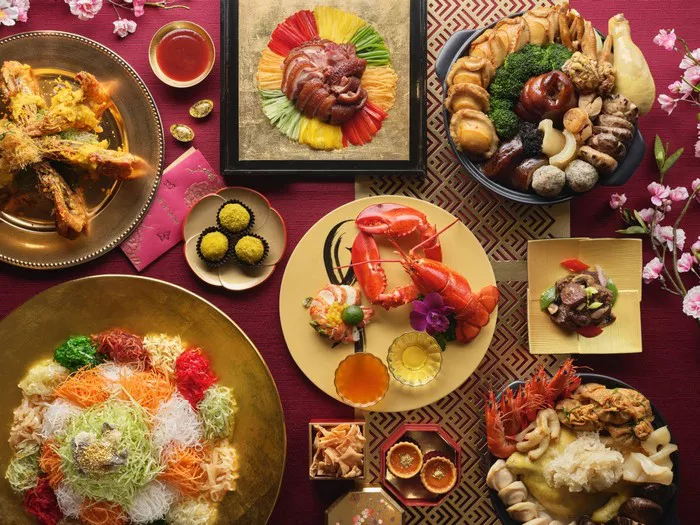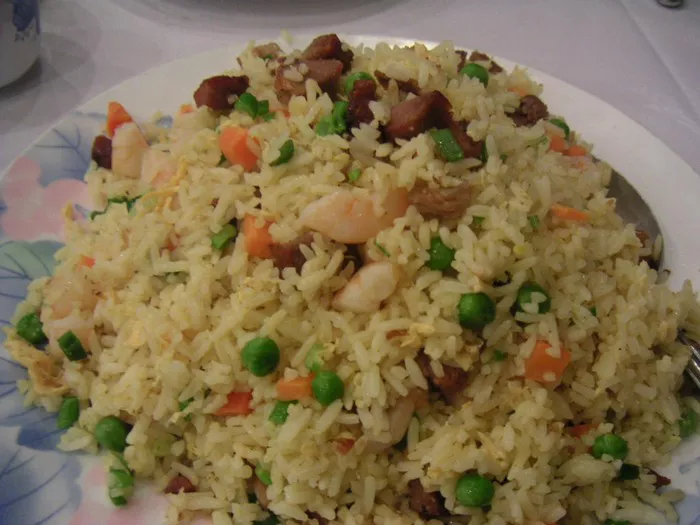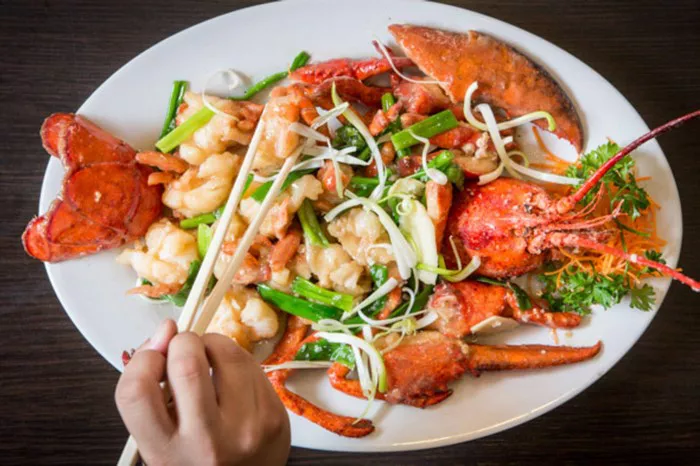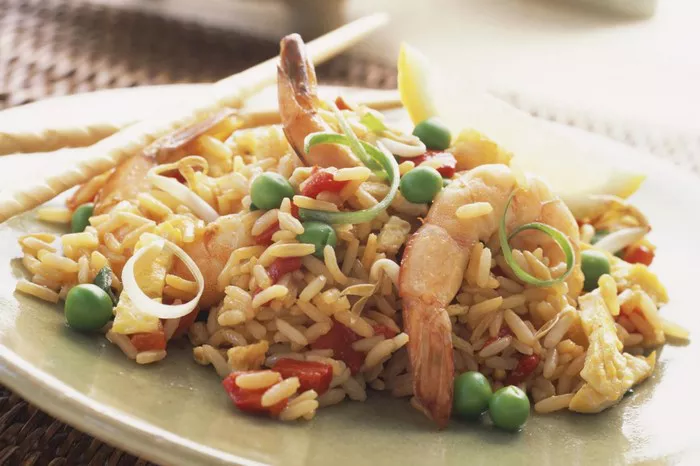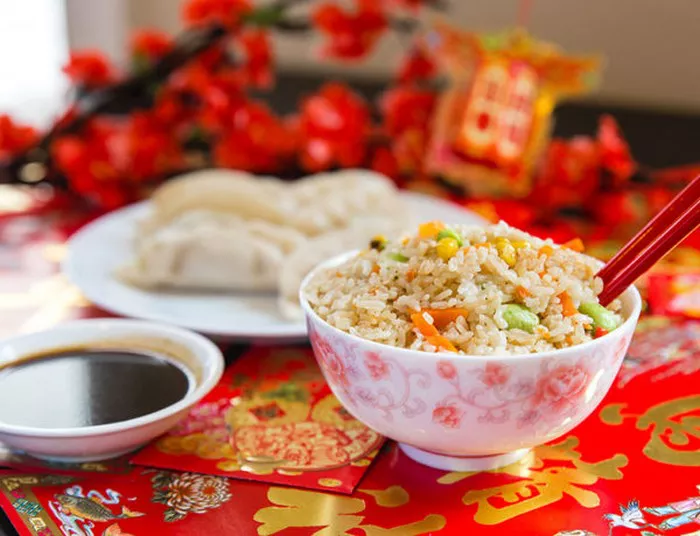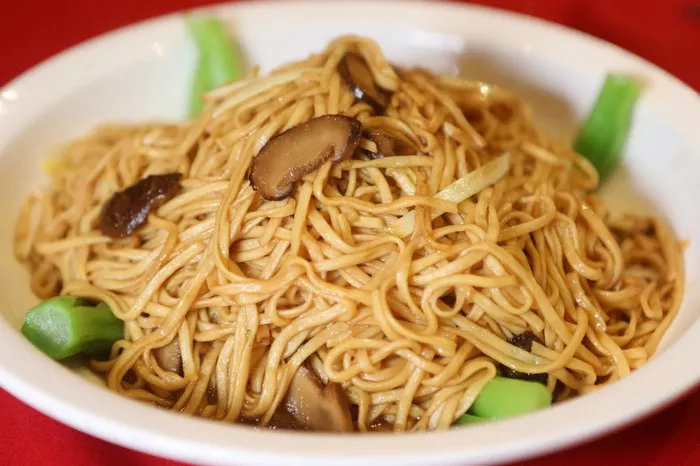China is a vast and diverse country with a rich culinary heritage that spans thousands of years. Its regional cuisines reflect the country’s cultural diversity, geography, and historical influences. While there are numerous culinary styles throughout China, there are eight major regional cuisines that are widely recognized and celebrated. In this article, we will explore these eight cuisines, highlighting their distinct characteristics and popular dishes.
1. Cantonese Cuisine
Cantonese cuisine, also known as Guangdong cuisine, originates from the Guangdong province in southern China, particularly around the city of Guangzhou (formerly known as Canton). It is one of the most well-known and influential Chinese cuisines both within China and abroad.
Characteristics: Cantonese cuisine is known for its delicate flavors, fresh ingredients, and skillful cooking techniques. It emphasizes the natural taste of ingredients, often using minimal seasoning. Steaming and stir-frying are common cooking methods, preserving the texture and nutritional value of the ingredients.
Popular Dishes: Some popular Cantonese dishes include dim sum (bite-sized portions of food served in small steamer baskets), roasted meats such as crispy roast duck and barbecued pork (char siu), sweet and sour dishes, braised abalone, and a variety of seafood delicacies.
2. Sichuan Cuisine
Sichuan cuisine, also known as Szechuan cuisine, hails from the Sichuan province in southwestern China. It is famous for its bold and spicy flavors, unique use of chili peppers, and numbing sensation imparted by Sichuan peppercorns.
Characteristics: Sichuan cuisine is characterized by its liberal use of garlic, chili peppers, and Sichuan peppercorns, which create a fiery and tongue-tingling sensation known as “ma la.” It incorporates a wide range of flavors, including spicy, sweet, sour, and savory, resulting in a complex and satisfying taste profile.
Popular Dishes: Sichuan cuisine is renowned for dishes such as mapo tofu (spicy tofu with minced meat), kung pao chicken (stir-fried chicken with peanuts and chili peppers), dan dan noodles (noodles with spicy pork sauce), and hot pot (a communal cooking method where diners cook various ingredients in a simmering spicy broth).
3. Shandong Cuisine
Shandong cuisine, also known as Lu cuisine, originates from the Shandong province in eastern China. It is often regarded as one of the earliest and most influential regional cuisines in Chinese culinary history.
Characteristics: Shandong cuisine emphasizes the freshness and aroma of ingredients. It incorporates a wide variety of cooking techniques, including stir-frying, deep-frying, braising, and quick-frying. The flavors tend to be rich, savory, and hearty.
Popular Dishes: Signature Shandong dishes include sweet and sour carp, braised sea cucumber with scallions, crispy deep-fried prawns, and Dezhou braised chicken (a whole chicken marinated in a fragrant sauce and slow-cooked).
4. Hunan Cuisine
Hunan cuisine, also known as Xiang cuisine, originates from the Hunan province in central China. It is known for its spicy and bold flavors, similar to Sichuan cuisine, but with a greater emphasis on the natural taste of ingredients.
Characteristics: Hunan cuisine features a wide range of flavors, including spicy, sour, smoky, and salty. It incorporates a generous amount of chili peppers, garlic, and shallots, resulting in vibrant and robust dishes. The cuisine also utilizes pickled ingredients, preserving techniques, and smoking methods.
Popular Dishes: Iconic Hunan dishes include spicy orange beef, Chairman Mao’s red-braised pork (a dish of braised pork belly in a spicy and aromatic sauce), stir-fried snails with chili peppers, and steamed fish head with chopped chili peppers.
5. Fujian Cuisine
Fujian cuisine, also known as Min cuisine, comes from the Fujian province on the southeastern coast of China. It is known for its fresh and light flavors, emphasis on seafood, and unique cooking techniques.
Characteristics: Fujian cuisine places a strong emphasis on umami flavors and the natural sweetness of ingredients. It features a variety of seafood, including fish, shellfish, and various types of seaweed. The cuisine also incorporates braising, steaming, and stewing techniques to create tender and flavorful dishes.
Popular Dishes: Famous Fujian dishes include Buddha Jumps Over the Wall (a nourishing and elaborate soup with various ingredients, including seafood, poultry, and mushrooms), braised oysters with scallions, fish balls, and lychee pork (sweet and sour pork cooked with lychees).
6. Jiangsu Cuisine
Jiangsu cuisine, also known as Su cuisine, hails from the Jiangsu province in eastern China. It is known for its delicate flavors, beautiful presentation, and emphasis on seasonal ingredients.
Characteristics: Jiangsu cuisine focuses on preserving the original flavors of ingredients and showcasing their natural colors and textures. It incorporates a variety of cooking methods, including stewing, braising, and steaming. The cuisine also places great importance on the aesthetics of the dishes, often presenting them in an elegant and visually appealing manner.
Popular Dishes: Well-known Jiangsu dishes include braised squirrel-shaped mandarin fish (a dish of deboned and deep-fried fish served in a sweet and sour sauce), salted duck, steamed pork buns (xiaolongbao), and Yangzhou fried rice (a flavorful stir-fried rice dish with various ingredients).
7. Zhejiang Cuisine
Zhejiang cuisine, also known as Zhe cuisine, originates from the Zhejiang province in eastern China. It is known for its fresh and delicate flavors, emphasis on seafood, and utilization of a wide range of cooking techniques.
Characteristics: Zhejiang cuisine places great importance on the quality and freshness of ingredients. It incorporates a variety of cooking methods, including stir-frying, steaming, braising, and deep-frying. The flavors tend to be light, aromatic, and subtly sweet.
Popular Dishes: Notable Zhejiang dishes include Dongpo pork (a dish of braised pork belly with a rich and flavorful sauce), West Lake fish in vinegar sauce, beggar’s chicken (a whole chicken marinated, wrapped in lotus leaves, and baked), and sweet and sour spare ribs.
8. Anhui Cuisine
Anhui cuisine, also known as Hui cuisine, comes from the Anhui province in eastern China. It is known for its rustic and hearty flavors, emphasis on wild ingredients, and unique cooking techniques.
Characteristics: Anhui cuisine incorporates a wide variety of ingredients, including wild herbs, mushrooms, bamboo shoots, and game meats. It utilizes cooking methods such as stewing, braising, and red cooking (slow-cooking in soy sauce and other aromatic ingredients) to create rich and flavorful dishes.
Popular Dishes: Famous Anhui dishes include stewed soft-shell turtle with ham, salt-baked chicken, hairy tofu (fermented tofu with a soft and furry exterior), and wild vegetable stir-fry.
Conclusion
China’s eight regional cuisines offer a glimpse into the country’s diverse culinary landscape. From the delicate flavors of Cantonese cuisine to the bold and spicy dishes of Sichuan, each regional cuisine showcases unique ingredients, cooking techniques, and cultural influences. Exploring these distinct culinary traditions allows us to appreciate the rich and varied tapestry of Chinese cuisine and the culinary delights it has to offer.

